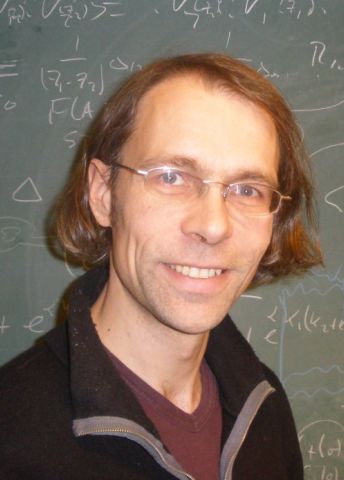
Program for mathematics 2019
Visting Professor
Gernot Akemann
Professor at Bielefeld University, Germany
Nominated by:
KTH Royal Institute of Technology
Visting Professor
Gernot Akemann
Professor at Bielefeld University, Germany
Nominated by:
KTH Royal Institute of Technology
New mathematics keeps track of randomness
Gernot Akemann is a professor at Bielefeld University, Germany. Thanks to a grant from the Knut and Alice Wallenberg Foundation, he will be a visiting professor at the Department of Mathematics, KTH Royal Institute of Technology.
The aim of the project is to create and analyze new methods for studying the properties of random matrices. The theory of random matrices has recently experienced huge development, becoming a vital tool in both mathematics and physics.
For example, random matrices can be used to study properties of chaotic dynamical systems. These are systems where small changes to one state in the system can result in large and eventually unpredictable differences in a later state. What is the system striving toward, and how quickly does it happen?
The answer lies in the eigenvalues that belong to random matrices. One way of approaching the issue that has proved successful, but which is not yet fully understood, is to multiply particular types of matrices together. The product then becomes a new random matrix with new eigenvalues whose distribution can be explored.
The most recent results show that these eigenvalues form determinantal point processes which, in turn, are often given by particular, often complicated, special functions. Studies of determinantal processes leads to questions about certain special functions and their properties when the size of the matrices, or the number of factors in the product, grows to infinity. A central question in this project is what happens to the eigenvalues when both the sizes of the matrices and thefactors in the product grow to infinity simultaneously.
Visiting Professor Gernot Akemann is a mathematically oriented theoretical physicist who, in recent years, has made significant contributions to the development of the theory for product ensembles. He can therefore contribute to a better understanding of the mathematical structure of the new models.